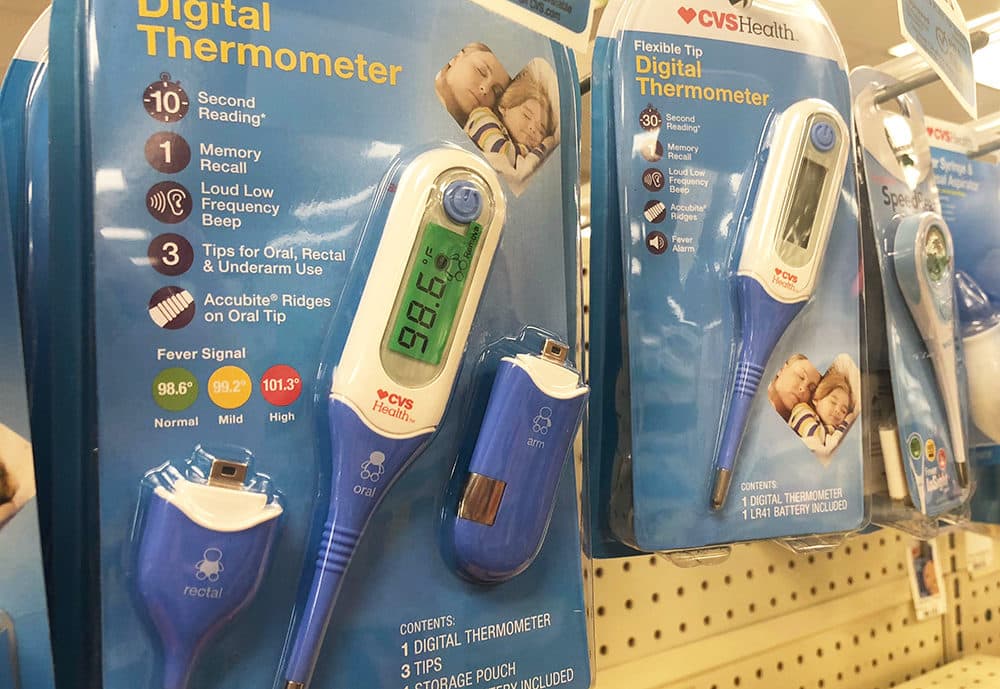Advertisement
New Research Shows You're Not As Hot As You Think

The familiar 98.6-degree standard for healthy body temperature may not be accurate for the modern world, new research finds.
According to a recent study from Stanford University, the current average body temperature is actually closer to 97.5 degrees. So where does the “norm” of 98.6 degrees come from anyway?
The standard took hold in 1851, says Stanford researcher Catherine Ley, who co-authored the study. German physician Carl Reinhold August Wunderlich took millions of temperature measurements from 25,000 patients in Leipzig, Germany, to determine the “normal” body temperature.
However, Ley says, Wunderlich’s study subjects were likely quite different biologically than people today.
“There was a lot of infection in the population like tuberculosis and syphilis and periodontitis,” Ley says. “Lots of chronic inflammation that may well have, we think, influenced the normal body temperature of that era.”
Other factors of modern life –– such as higher standards of living, better hygiene and spending more time in temperature-controlled spaces –– likely contributed to the decline as well, Ley says. Putting less energy into regulating internal temperatures and fighting disease allows the body to run cooler in general, she says.
The norm of 98.6 degrees may have been accurate for humans when Wunderlich set the standard during the Industrial Revolution. But since then, research shows that average body temperature has steadily declined.
Ley says she and her team analyzed body temperature data in Civil War veterans from the 1860s to the 1940s. They compared it to similar data from the 1970s, 2007 and 2017 to better understand if and how body temperature has changed over time.
“Overall, we found that the temperatures of the Civil War veterans were higher than the measurements taken from the 1970s,” she says. “And in turn, those measurements were higher than those collected in the 2000s.”
Advertisement
Ley says she finds two things particularly striking about the research: How much the normal body temperature has changed since the Civil War and how steady the decline has been over so many years.
Today, the average is closer to 97.5 degrees, Ley says. But that’s still not a hard and fast figure. It’s influenced by many individual factors, such as age, sex, height, weight and even the time of day. For example, women tend to run hotter than men, and the older we get, the lower our average body temperature tends to be.
“If you're an elderly person making a morning visit to a doctor's office complaining of illness with a temperature of 98.6, then we really have to think what that means,” she says. “It's not normal for an elderly person to have that temperature so early in the day. And so we really should start thinking about normal temperature on a more individual level.”
Still, Ley says we might not need to put such an emphasis on body temperature to measure health, since it may not be a clear indicator of wellness.
“We don't know that body temperature really matters as a measure of wellness on an individual level,” she says. “We don't even know what average temperature means for a population.”
Further research is needed to establish more accurate averages based on the individual factors that affect body temperature, Ley says.
“I think that's that's some of the work that needs to be done,” she says. “Actually generating the values for normal temperatures for our individual age and sex, height, weight, time of day.”
Karyn Miller-Medzon produced and edited this interview for broadcast with Tinku Ray.
This segment aired on February 5, 2020.